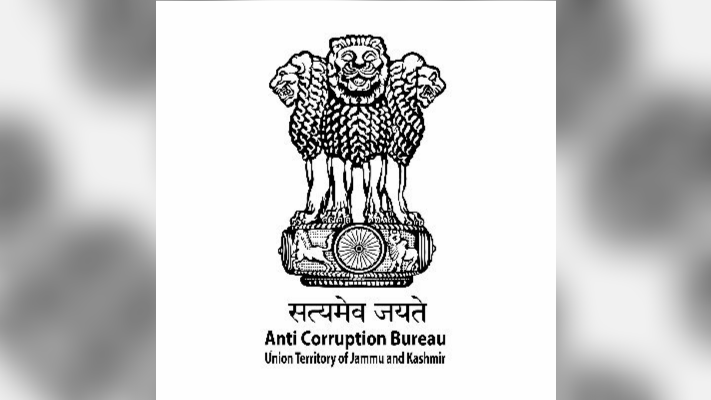
The killing of ex-Territorial Army soldier Manzoor Ahmad Wagay in Kulgam is a reminder of how fragile the situation in Kashmir remains. His wife and young niece, wounded in the attack, are now struggling to recover. For Kashmir, it is another reminder that the militancy in the Valley is very much alive and can strike at any time, without warning.
Security forces have detained hundreds in overnight raids, and interrogations are underway to try and identify the perpetrators. But the forces have to ensure that the innocent people do not suffer. This will only alienate more people, something that has never served the cause of peace in the union territory in the past.
That said, this attack has raised difficult questions. Was it a random act of terror, or a revenge killing? Just weeks ago, security forces killed top Hizbul Mujahideen commanders in the same area. Was this strike meant to show that militant groups still have the ability to hit back? These patterns are all too familiar in Kashmir—an encounter, followed by a retaliatory killing, and then by another crackdown. The cycle repeats itself, and ordinary people remain trapped in its grip.
The statements of condemnation have come, as they always do. Leaders have expressed their grief, vowed justice, and promised that the perpetrators will be punished. But what does justice look like for a family that has lost its provider?
The reality is that despite repeated claims of improved security, attacks like this prove that the threat has not gone away. Militants still manage to regroup, and strike where it hurts. The fight against militancy cannot be won through arrests alone. It requires deeper efforts—better intelligence, stronger community trust, and a strategy that does not rely solely on force. The central government has certainly taken steps in this direction. Last year, Assembly polls were held and an elected government led by the National Conference assumed power. This has made the governance approachable and given people a sense of stake in the system.
It is also true that the situation has significantly improved in recent years. Although the militancy has persisted in one form or another, its local component has by and large been reigned in. As for the militancy sustained by infiltration, here again the forces have pulled the situation back from the brink. The results are already visible in Rajouri and Poonch, where terror incidents have notably declined. But the challenge is far from over. Militancy in J&K has often shown the ability to adapt to the situation and survive, hence all the more reason for the security forces to stay one step ahead.















